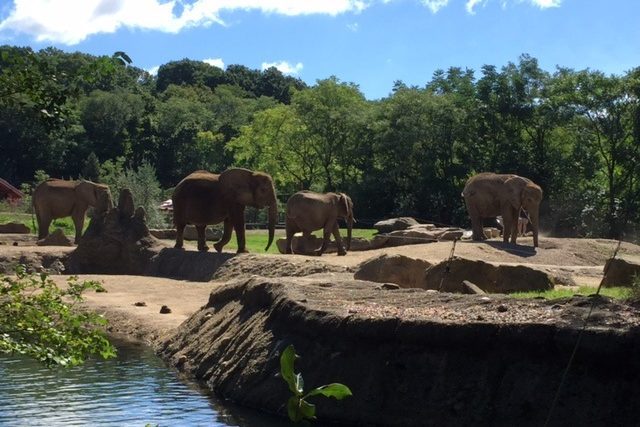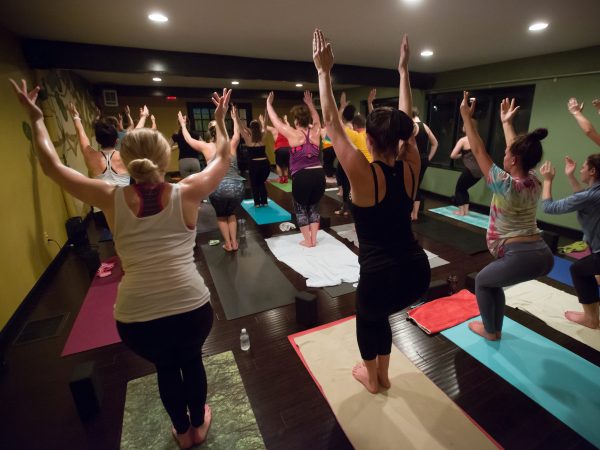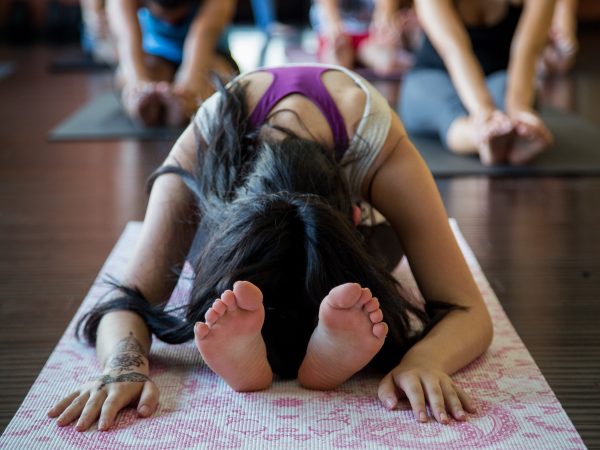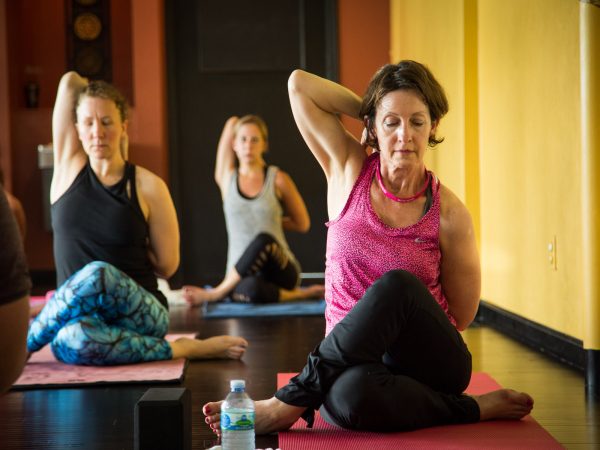Dancing with Elephants

There’s a certain beauty to the way that elephants move. Sure, they can be incredibly awkward, but through that awkwardness there’s grace—if you look hard enough. At the zoo with my sister last week, out of the many animals there, we watched the elephants the longest. They were expressive, they were awkward, and they were emotional—so much so that they were captivating. The two child elephants, Zuri and Angeline, followed their parents and the zookeeper around with their trunks, reaching out and trying to touch them as they moved around, leaping excitedly and swinging their trunks around when they caught the person they were following. The oldest elephant there, the matriarch, spent a lot of time swaying from side to side to her own music; she was very much dancing. And she didn’t care who was watching. The largest elephant, the mother of Zuri and Angeline, was more ponderous and reflective; she spent time staring at herself in the lake, her very own natural mirror.
The strong, noticeable personalities of all of them was very apparent, even after a mere five minutes of observation. How much do they see in us, when they observe how we move and interact with others? How much do we notice about ourselves?
There was an innocence and purity to the elephants. They were dancing, playing, leaping, and pondering completely on their own time. There was a perfect contentment to them. The more I watched them, the more thoughtful I became; how could I reach this same innocence and purity? How could I reach this wonderful, seemingly unattainable contentment?
Within the Eight Limbs of Yoga, there is a niyama, or self-discipline, called saucha. It means purity or cleanliness. This discipline that we practice on our mats helps us to remember the core of who we are; that authentic self we tend to cover up with our outward personas, or what we show to those around us. As we practice yoga and find out who we truly are beneath all of those social layers, it becomes easier to not only find our authentic selves, but to let them be what is shown instead of picking and choosing what is shown. When we are vulnerable and let others see our authenticity, we cleanse ourselves of those layers of social “correctness” and allow ourselves to be deeply true to who we are. When we do this, how like those elephants we can be—dancing without caring who watches, expressing emotion without fear of judgement, and being able to ponder and reflect with care.
This might sound easy and effortless, but cleansing ourselves of all of those layers of persona is not a simple matter. Yoga is a caregiver for us when we most need it, but it is also gives us the harsh truth when we need it, too. Peeling open to find our authentic selves can be a messy process, filled with sharp emotion and heavy reflection. Being vulnerable, even with ourselves, is hard; and sometimes, it’s nigh impossible. But yoga gives us the tools to try. Through making an effort every time you step on your mat to find saucha in your practice, you are able to open yourself up a little bit more. Take it slowly. There’s no rush. And eventually, when you’ve found that true, inner self, notice if you dance with the elephants. Notice if you stop caring who is watching and simply sway to your own tune, leap to your own beat, and find your own contentment.




